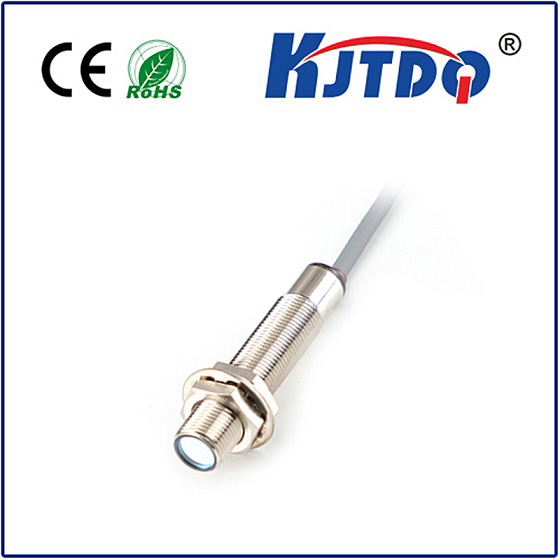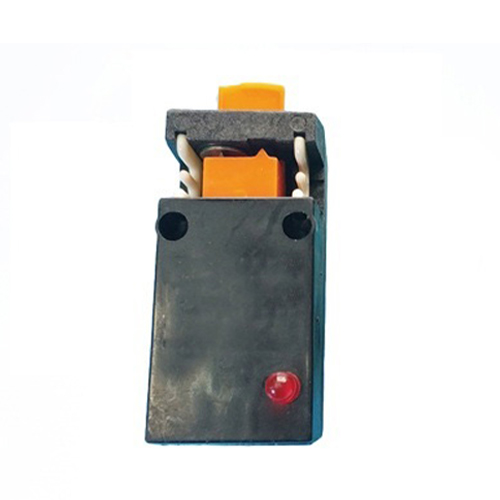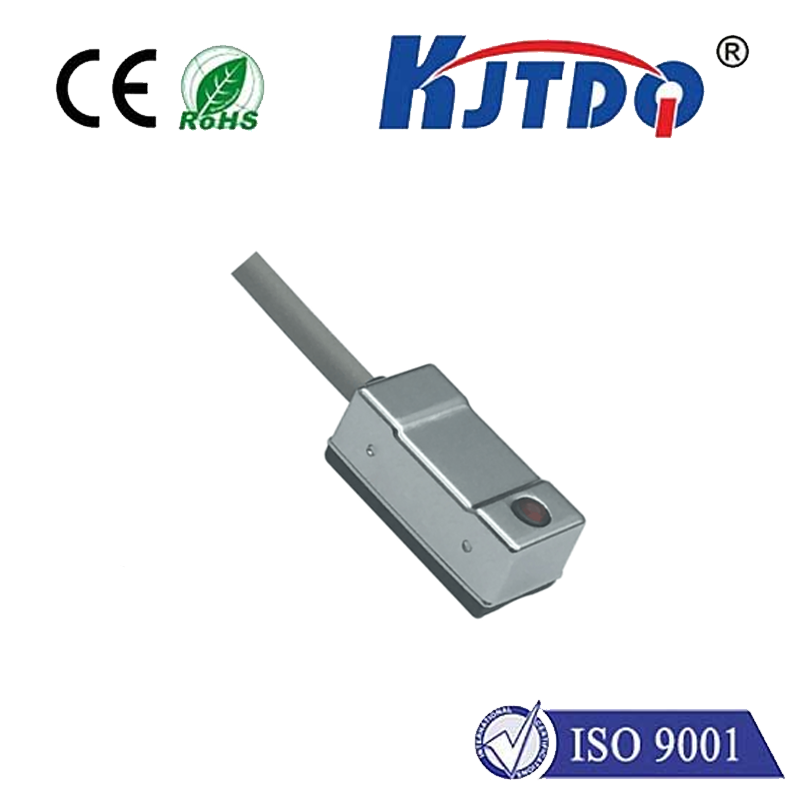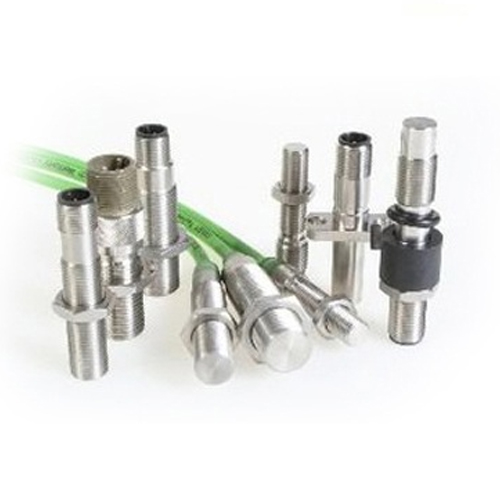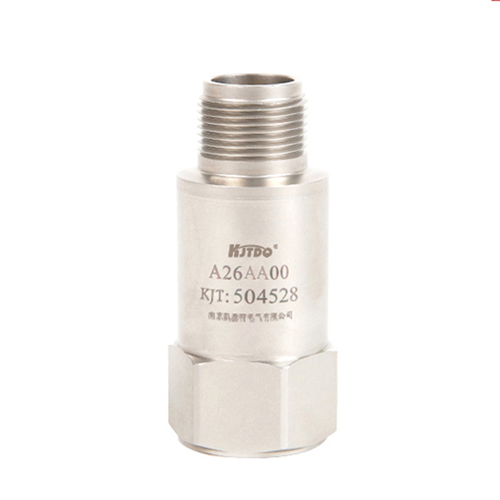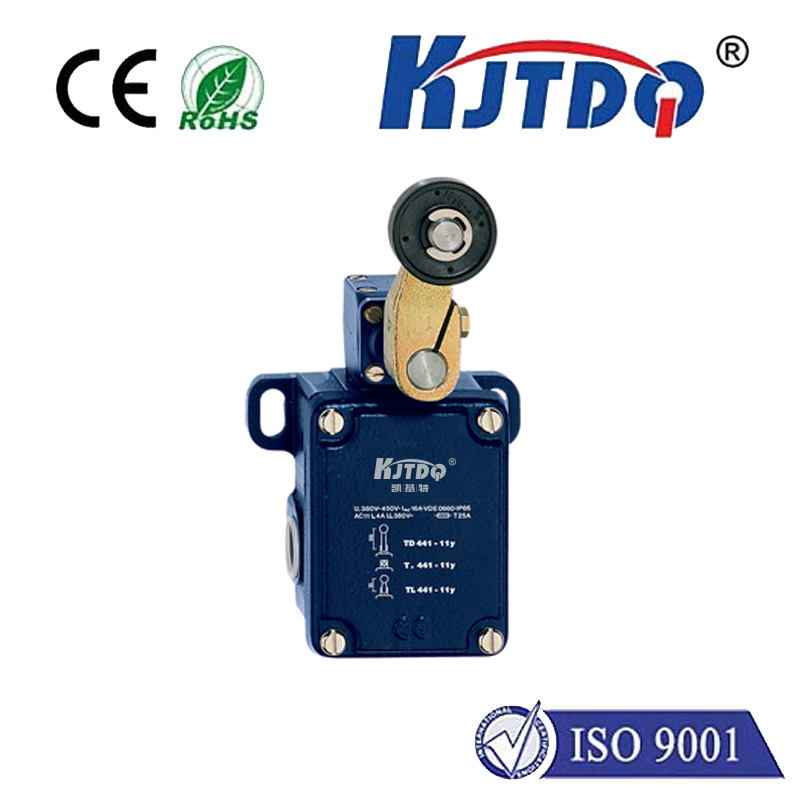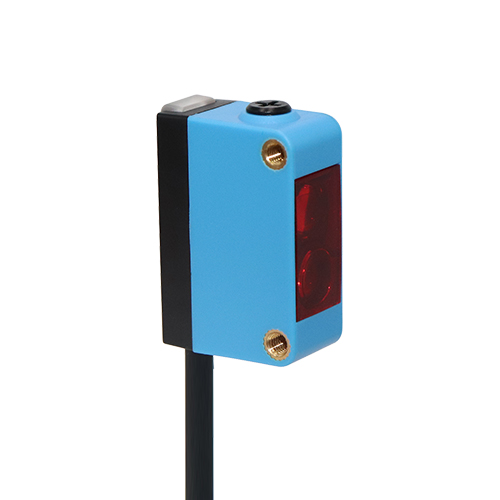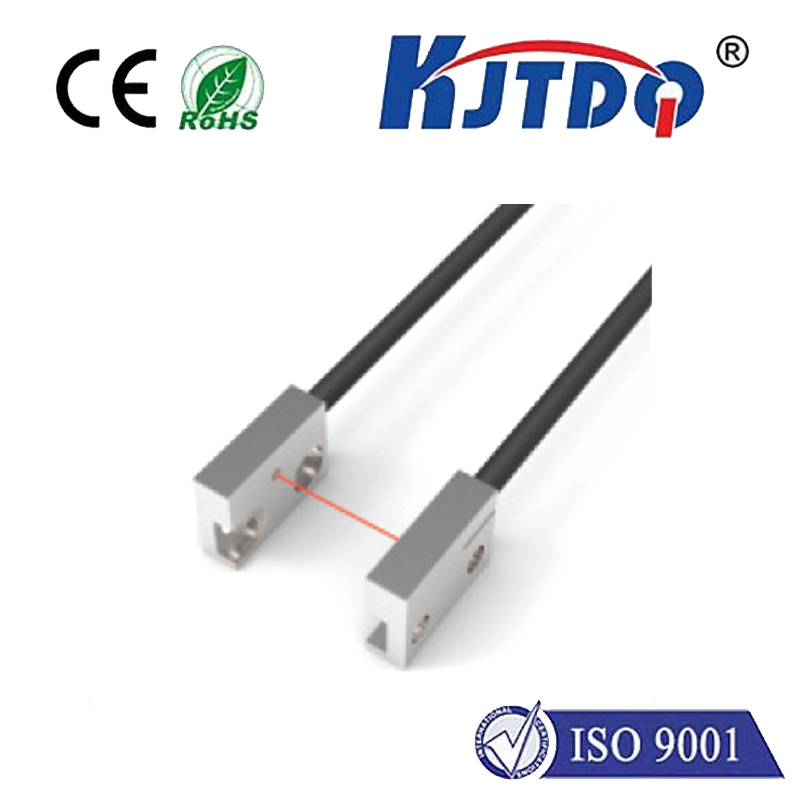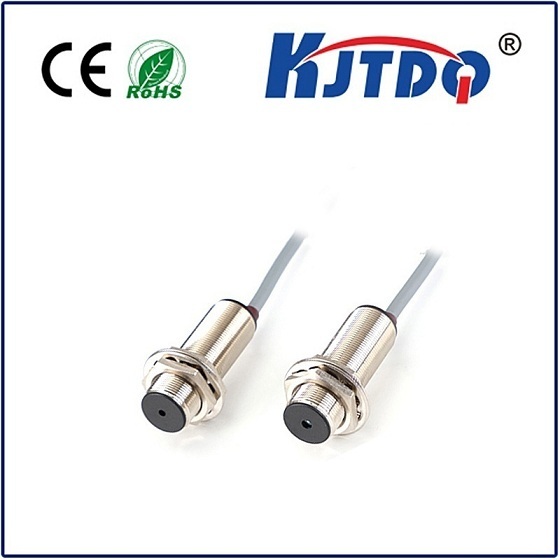best proximity sensor
- time:2025-07-08 01:38:39
- Click:0
Ultimate Guide to Choosing the Best Proximity Sensor for Your Needs
Ever stopped to consider the invisible force preventing automatic doors from squashing you or ensuring your phone screen dims during a call? That unseen sentinel is likely a proximity sensor. Selecting the best proximity sensor isn’t about finding a single universal winner; it’s about matching sophisticated technology perfectly to your unique application’s demands. From industrial automation humming on the factory floor to the smartphone in your pocket, proximity sensors silently orchestrate efficiency and safety. This guide demystifies the options, empowering you to make the optimal choice.
Understanding the Core Technology
Proximity sensors detect the presence or absence of objects without requiring physical contact. They achieve this by emitting a field or beam and analyzing changes in its properties when an object interrupts or influences it. This non-contact nature makes them incredibly reliable, durable (no moving parts to wear out), and fast, suitable for harsh environments where traditional switches would fail. Key advantages include long operational life, resistance to environmental contaminants like dust and oil, and high-speed switching capabilities.
Navigating the Major Sensor Types

The “best” sensor hinges entirely on the target material and operating environment. Here’s a breakdown of the most prevalent types:
- Inductive Proximity Sensors: The powerhouse champions for metal detection. These sensors generate an electromagnetic field. When a metallic object enters this field, it induces eddy currents, causing a detectable change in the sensor’s oscillation, triggering the output.
- Best For: Detecting ferrous (iron-based) and non-ferrous metals (aluminum, brass, copper) in industrial settings. Common applications include machine tooling, material handling, and robotic arms.
- Key Advantages: Highly reliable with metals, unaffected by dust, dirt, or liquids (unless conductive), robust construction. Ideal for harsh industrial environments.
- Considerations: Primarily detect metals only. Sensing range depends on target material type and size.
- Capacitive Proximity Sensors: These sensors detect nearly any material – metal, plastic, wood, paper, glass, liquids, and granular substances – by sensing changes in capacitance. The sensor forms one plate of a capacitor; the target object acts as the other. As the object approaches, the capacitance increases, triggering detection.
- Best For: Applications requiring detection of non-metallic objects, level sensing for liquids or granular materials (powders, grains), and presence detection through non-metallic containers.
- Key Advantages: Remarkable versatility across materials, suitable for liquid level control and bulk solids sensing. Can detect objects through some barriers.
- Considerations: Generally have shorter sensing ranges than inductive sensors. Can be susceptible to environmental factors like humidity or chemical coatings on the target. Sensitivity adjustment is often critical for reliable operation.
- Ultrasonic Proximity Sensors: Operating like sonar, these sensors emit high-frequency sound waves and measure the time it takes for the echo to return. Distance to the object is calculated based on the speed of sound.
- Best For:Distance measurement, object detection regardless of material (color, transparency doesn’t matter), level monitoring in tanks (liquids, solids), and applications requiring detection over longer ranges.
- Key Advantages: Excellent for precise distance measurement, works on virtually any surface, effective over longer distances than inductive/capacitive sensors. Immune to color or transparency.
- Considerations: Performance can be affected by temperature (alters speed of sound), air turbulence, and very soft or absorbent surfaces. Foam on liquids can cause issues. Typically slower response time than inductive or capacitive sensors.
- Photoelectric Sensors (Proximity Mode): While offering various modes (through-beam, retro-reflective, diffuse), in proximity-style diffuse mode, the sensor houses both emitter and receiver. It detects an object when the emitted light beam (visible, infrared, or laser) is reflected back to the receiver.
- Best For: Detecting small objects, precise positioning, applications requiring longer ranges than inductive/capacitive, and color/contrast detection (with specific models).
- Key Advantages: Longest sensing ranges among common proximity types, capable of detecting very small objects, available models for specific colors or contrasts.
- Considerations: Performance heavily influenced by target reflectivity, color, and surface finish. Susceptible to interference from ambient light, dust, fog, and dirt on lenses. Requires relatively precise alignment.
Critical Selection Criteria: Finding Your Best Fit
Choosing the best proximity sensor involves asking the right questions:
- Target Material: What is the object you need to detect? (Metal, plastic, liquid, wood, etc.) This is the single most crucial factor.
- Required Sensing Range: What is the typical and maximum distance between the sensor and the target object?
- Operating Environment: What are the conditions? (Temperature extremes, dust, moisture, oils, chemicals, potential for physical impact?)
- Output Type Needed: What kind of signal does your controller require? (Digital NPN/PNP, Analog current/voltage, IO-Link for smart sensors?)
- Power Supply: What voltage is available? (Commonly 10-30V DC or 20-250V AC)
- Response Time: How quickly does the sensor need to detect the object and signal its presence?
- Size and Mounting Constraints: What physical space limitations exist?
- Special Requirements: Detection through barriers? Resistance to welding sparks? Washdown environments? Hygienic requirements?
Comparing Key Characteristics
| Feature |
Inductive |
Capacitive |
Ultrasonic |
Photoelectric (Diffuse) |
| Best Detects |
Metals |
Almost Anything |
Almost Anything |
Opaque Objects |
| Typical Range |
Short-Medium |
Short |
Medium-Long |
Very Long |
| Unaffected By |
Dust, Oil, Non-Conductive Liquids |
- |
Color, Transparency |
- (Ambient Light Can Interfere) |
| Affected By |
Non-Metals |
Humidity, Material Properties |
Temperature, Surface Texture |
Target Reflectivity, Ambient Light, Contaminants |
| Key Strength |
Robustness, Metal Reliability |
Material Versatility |
Distance Measurement, Range |
Long Range, Small Object Detection |
Beyond Basics: Features Elevating Performance
Modern proximity sensors offer features transforming them from simple switches into valuable data points:
- IO-Link Integration: This standardized communication protocol turns standard digital sensors into smart sensors. It enables remote parameter configuration, real-time diagnostic data (operating hours, temperature, signal strength), and advanced process monitoring, facilitating predictive maintenance and Industry 4.0 strategies. Choosing an IO-Link enabled proximity sensor provides significant long-term value.
- Analog Outputs: For applications requiring continuous distance measurement rather than just presence/absence detection (e.g., positioning, web tension control).
- Enhanced Environmental Protection: Look for high IP (Ingress Protection) ratings (e.g., IP67, IP69K) for demanding environments involving water jets or washdowns. Special housings resist chemicals or welding spatter.
- Factor 1 Safety: Sensors designed for critical safety functions within machine safety systems.
Application Spotlight: Where the Best Proximity Sensors Shine
The best proximity sensor proves its worth daily:
- Industrial Automation: Counting parts on conveyors, verifying robot end-of-arm tooling positions, detecting metal components in machinery, monitoring fluid levels in reservoirs. Inductive sensors dominate metal detection, while capacitive handle plastics and liquids.
- Packaging & Material Handling: Detecting boxes, bottles, or






